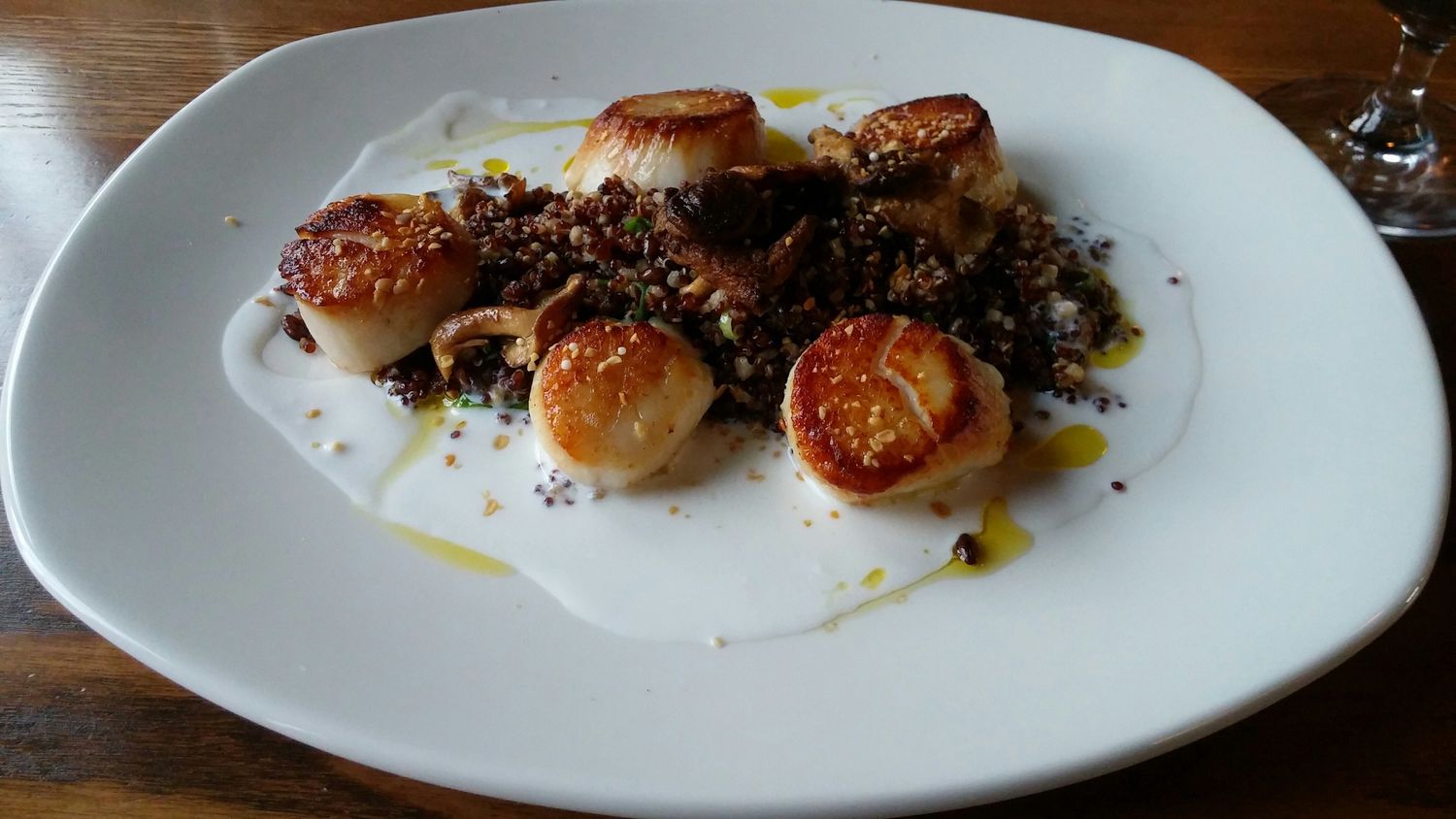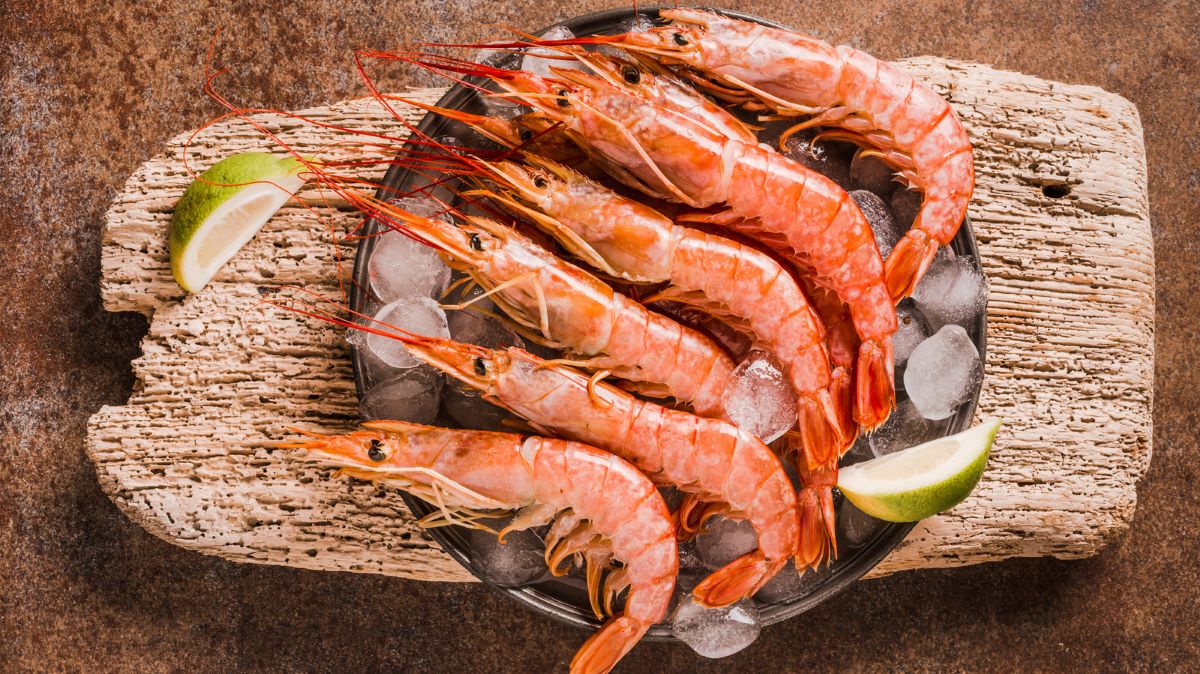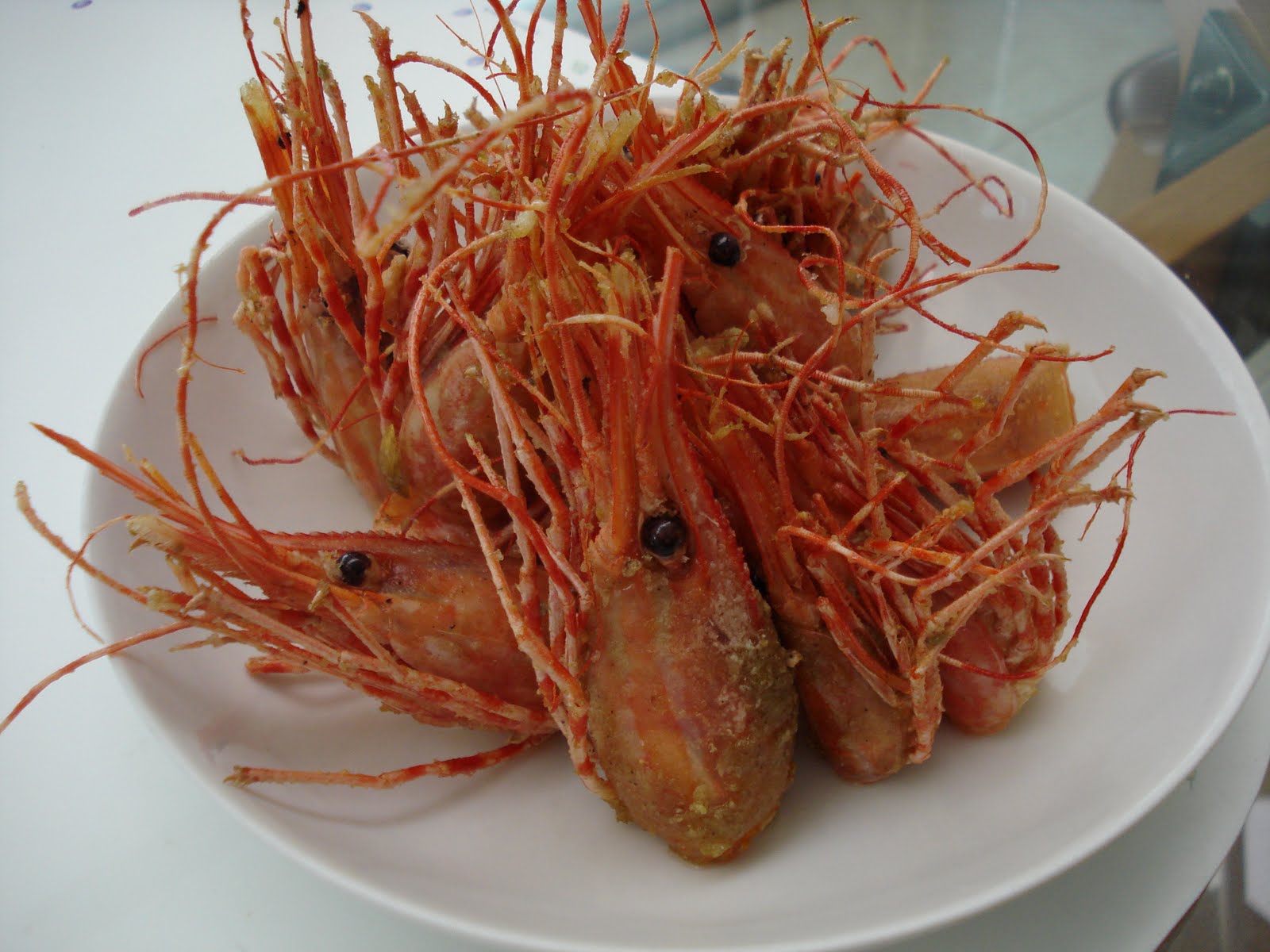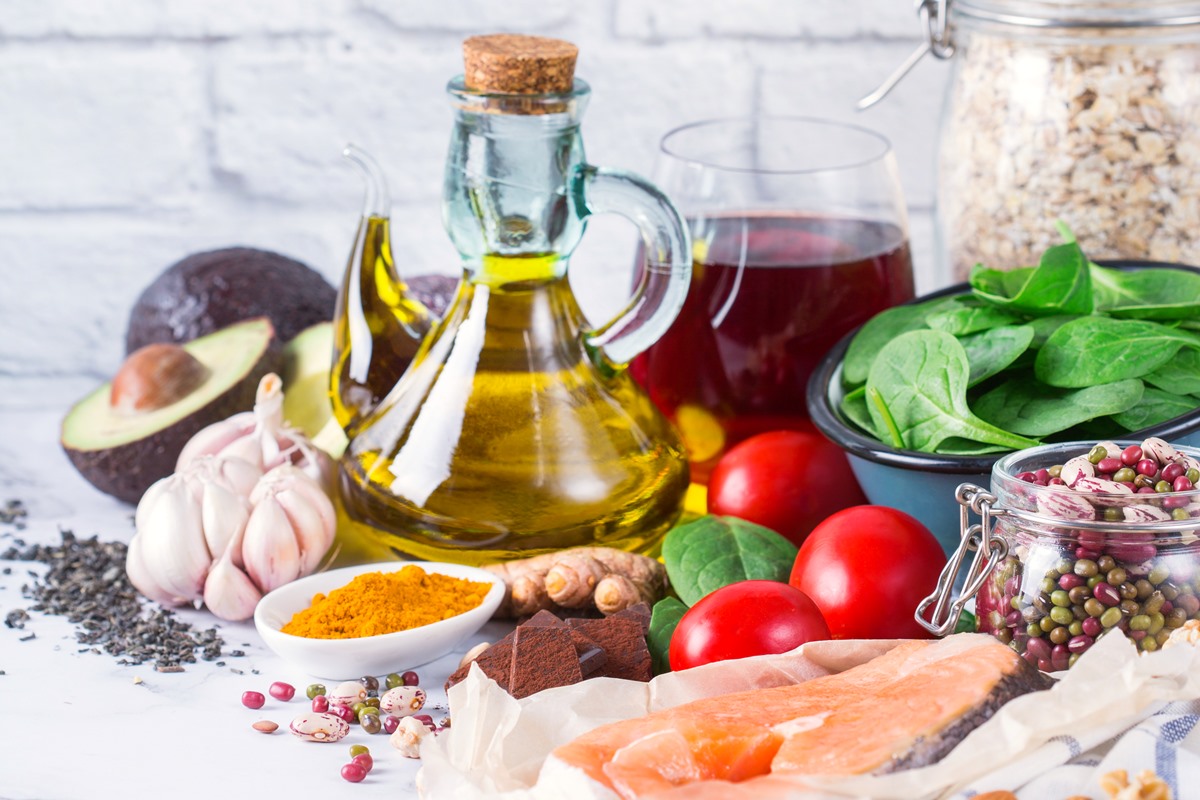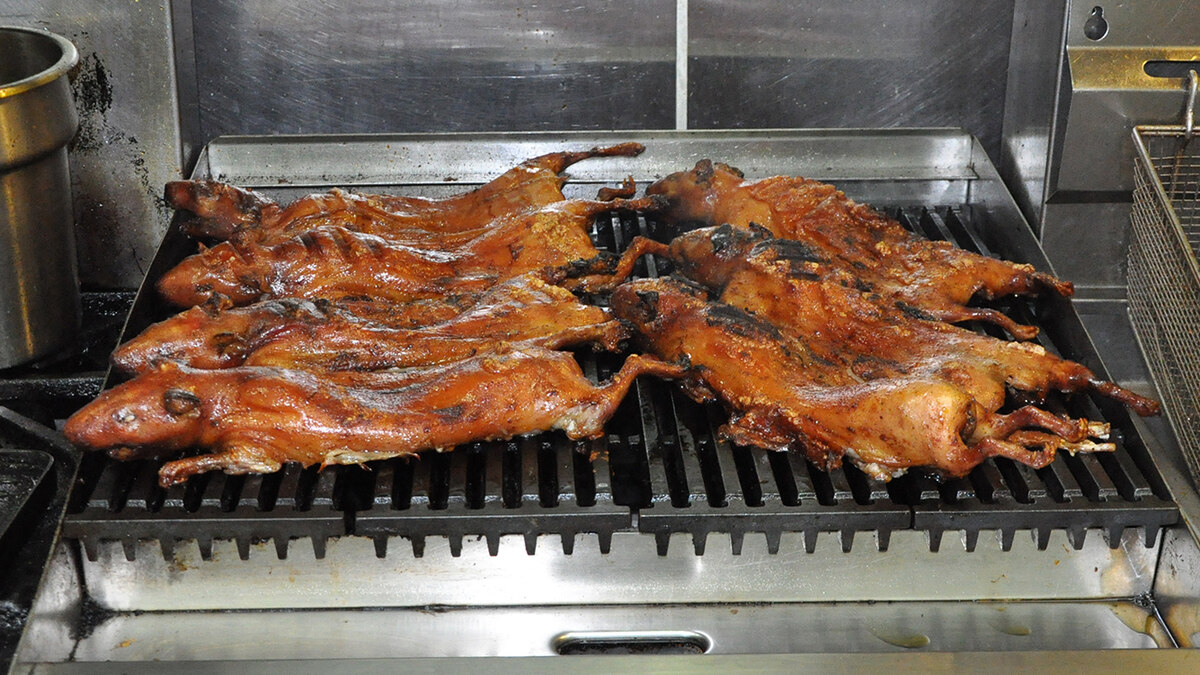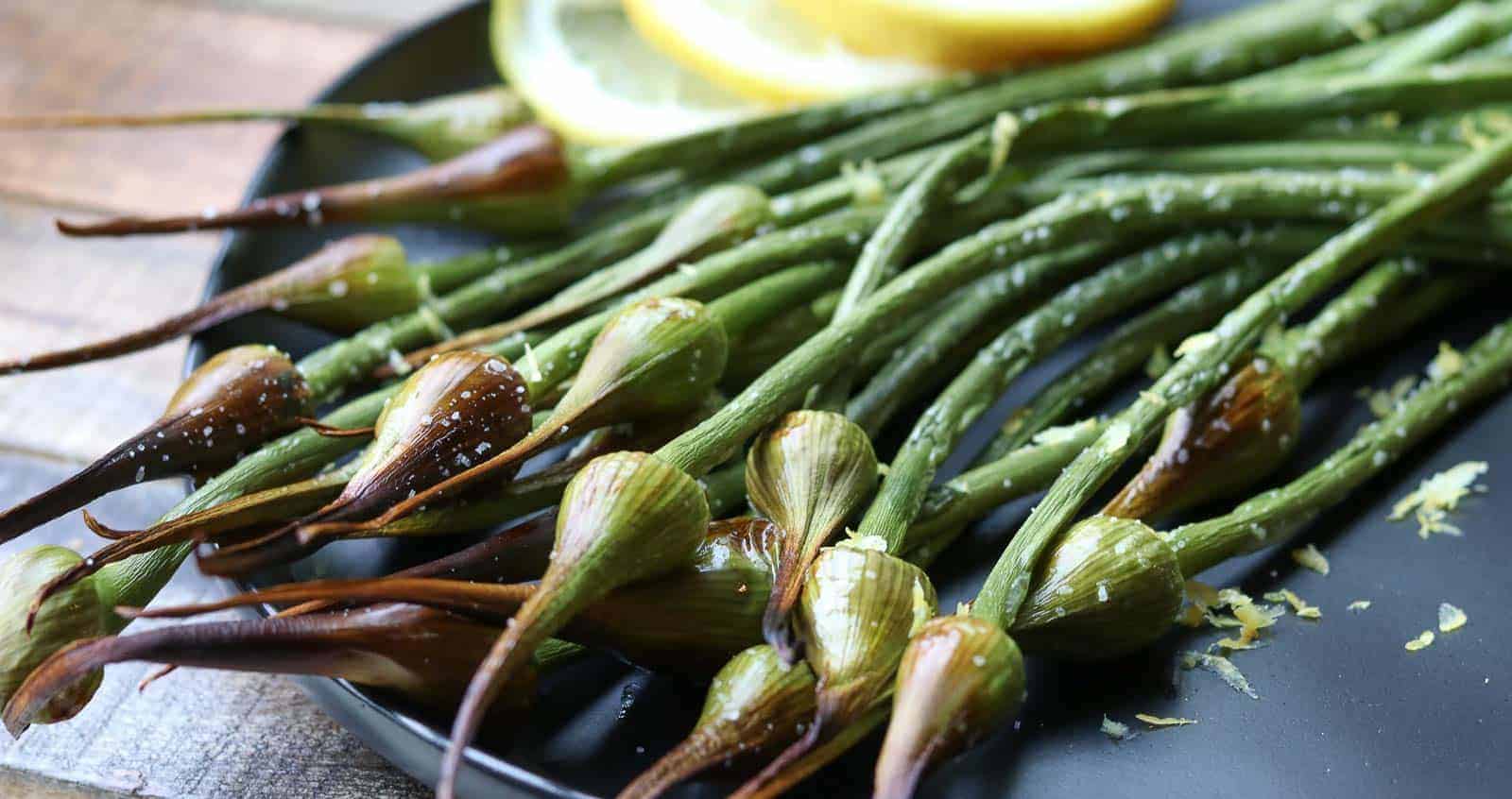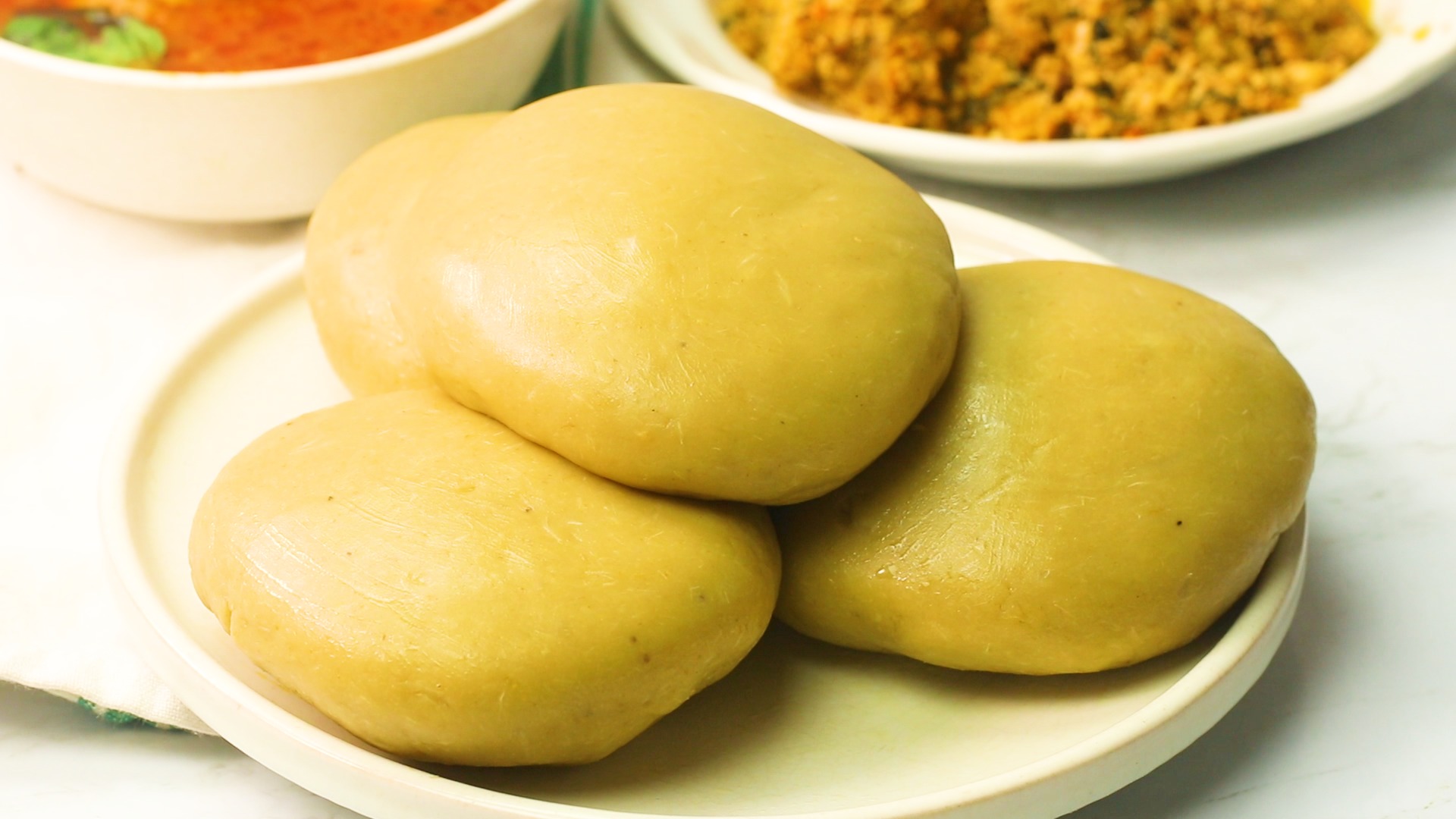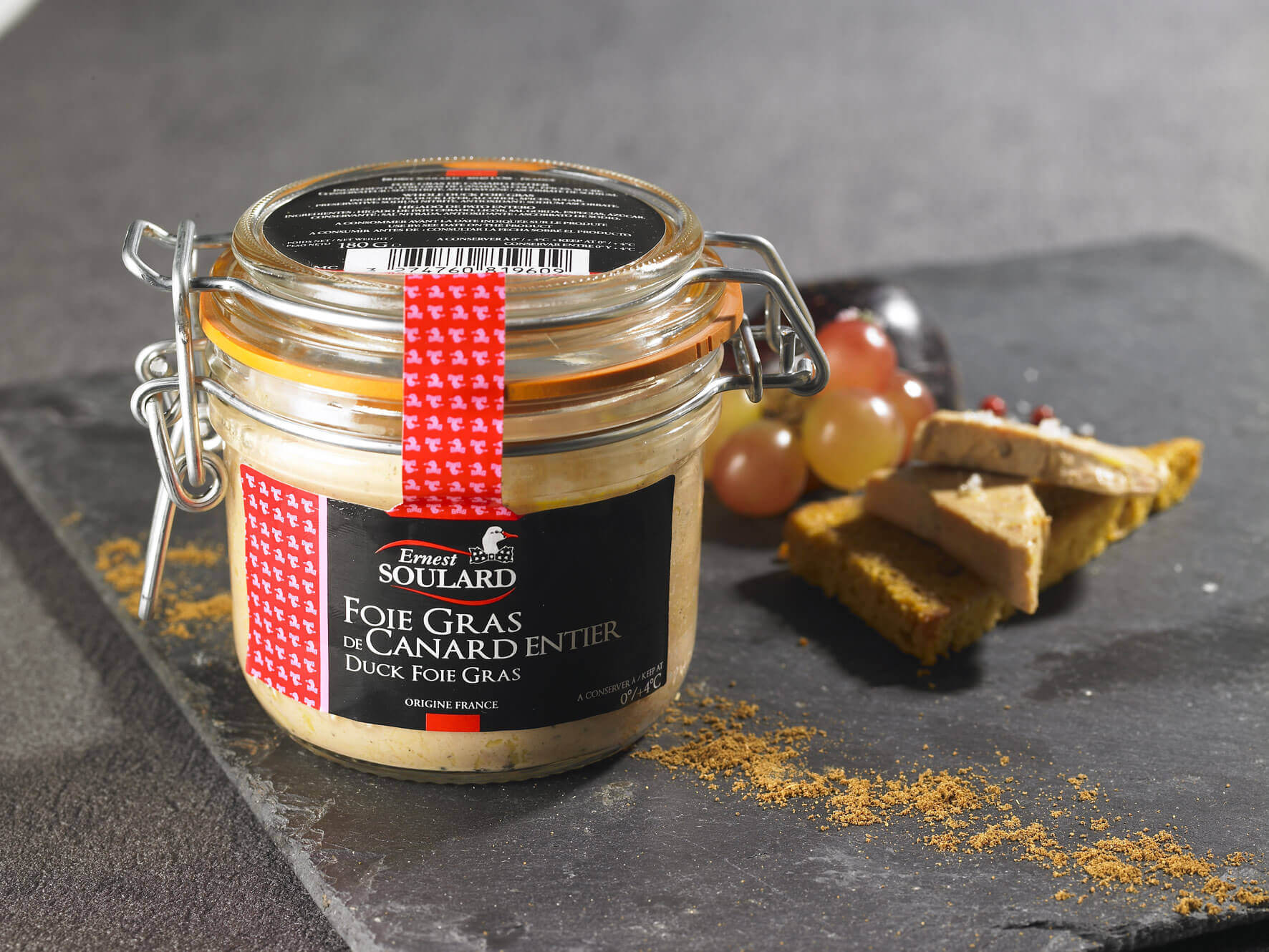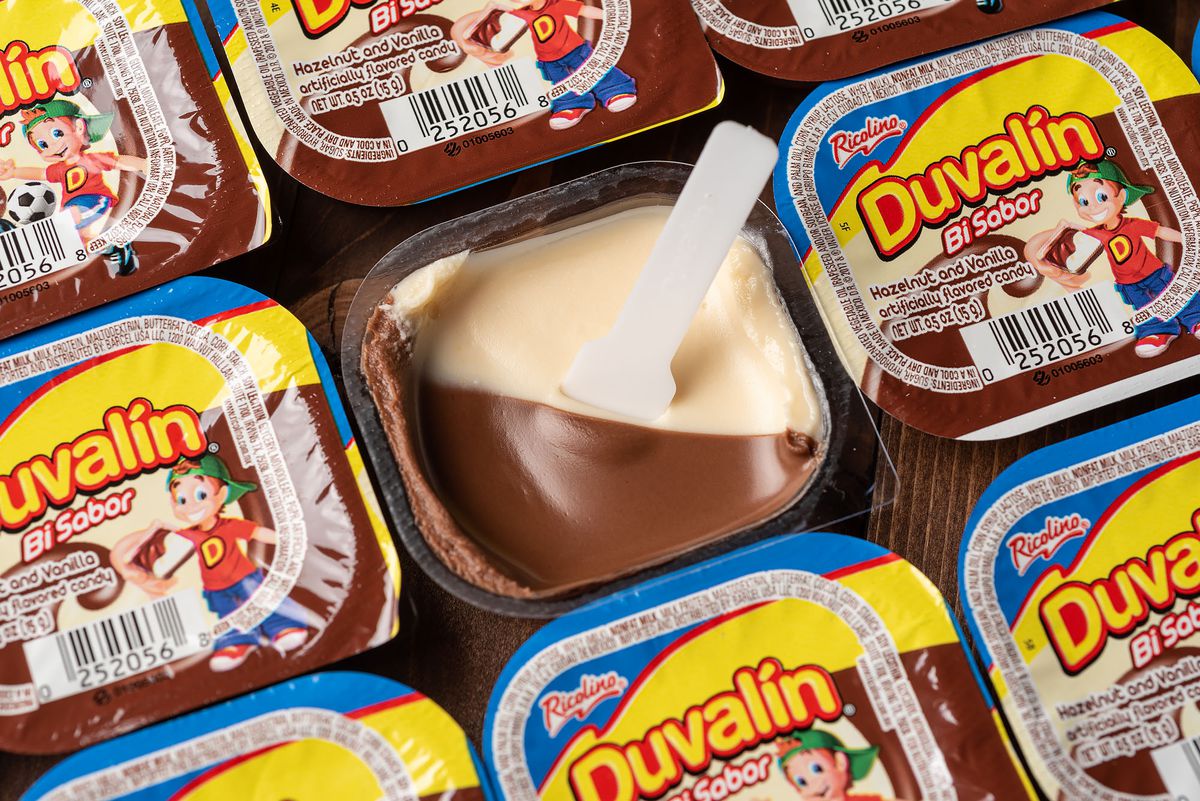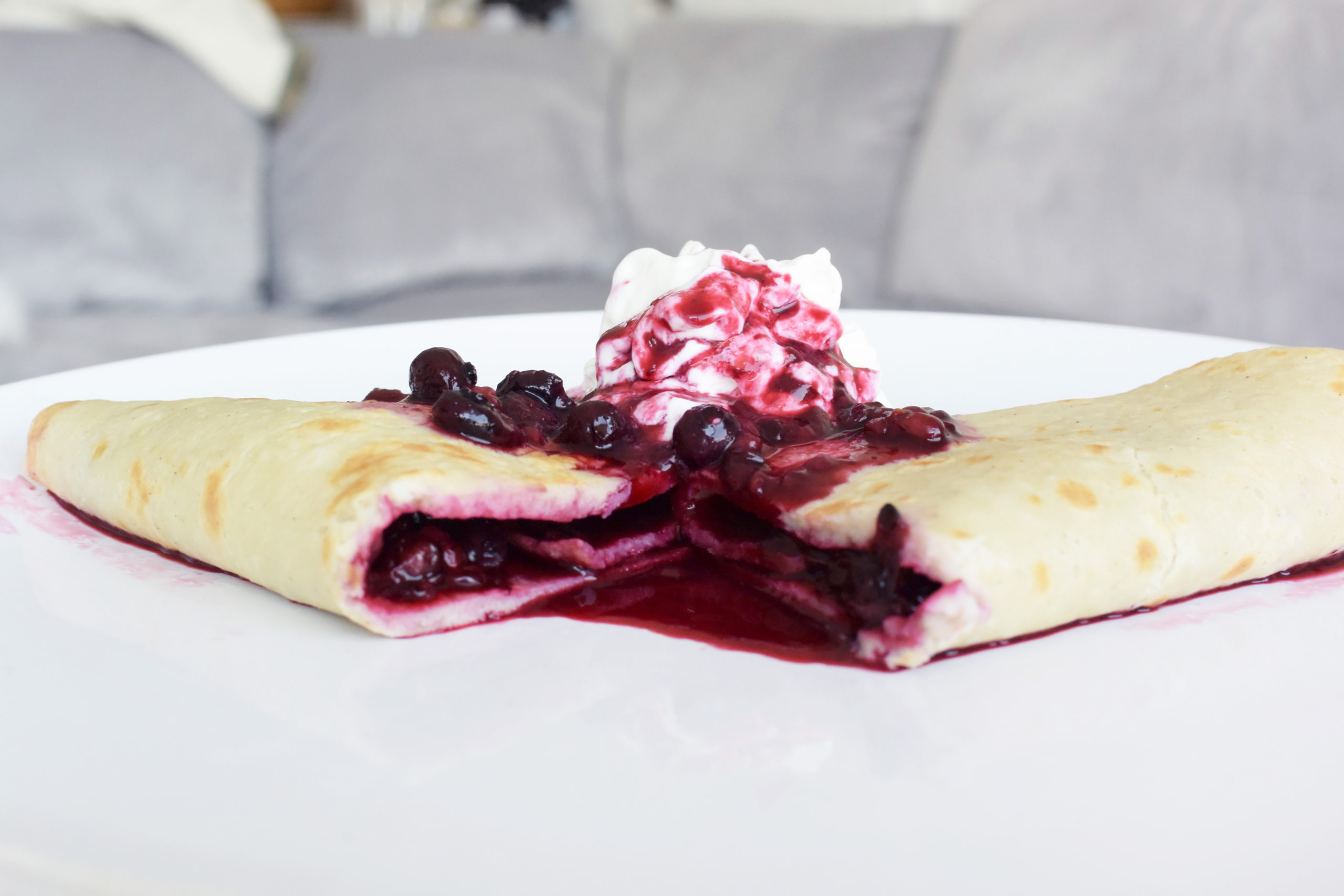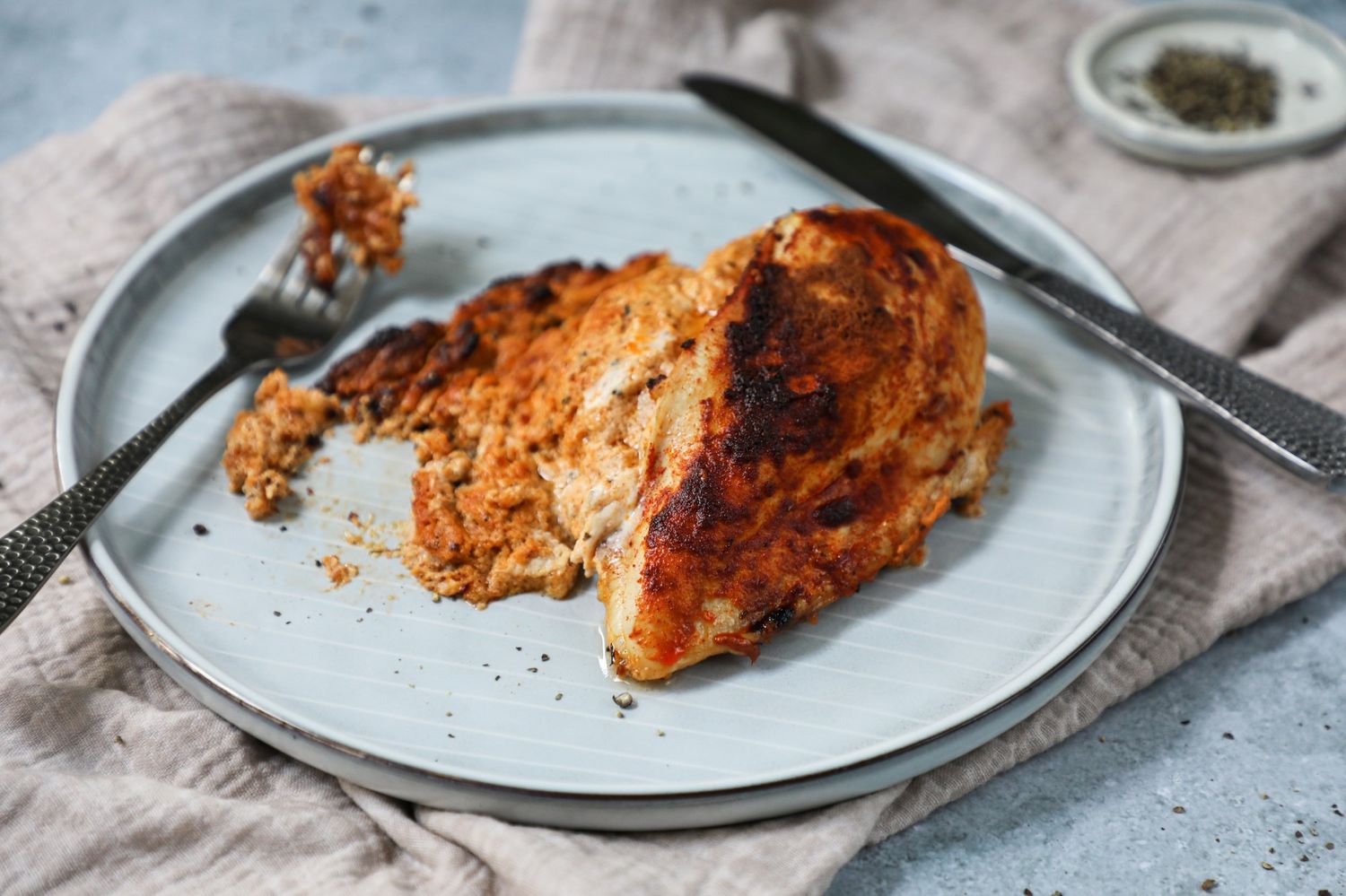How to Enjoy Head Cheese: A Guide for Food Enthusiasts
Head cheese is a unique and flavorful delicacy that has been enjoyed for centuries. Made from the meat of a pig’s head, head cheese is a type of charcuterie that is often misunderstood and underappreciated. If you’re curious about how to eat head cheese and want to explore its rich flavors, you’ve come to the right place. In this guide, we’ll walk you through the best ways to enjoy this traditional dish.
Understanding Head Cheese
Before we dive into the various ways to eat head cheese, it’s important to understand what it is. Contrary to its name, head cheese doesn’t actually contain any dairy products. Instead, it is a cold cut that is made from the flesh of a pig’s head, which is set in aspic or gelatin. The result is a savory, gelatinous meat product that is packed with flavor.
How to Serve Head Cheese
When it comes to serving head cheese, there are several delicious options to consider. Here are some popular ways to enjoy this unique dish:
- Sliced: One of the most common ways to enjoy head cheese is by slicing it thinly and serving it on a platter with crusty bread and pickles. This allows the rich flavors of the head cheese to shine, making it a perfect appetizer or snack.
- Sandwiches: Head cheese can also be used as a filling for sandwiches. Layer it on fresh bread with mustard, lettuce, and tomato for a satisfying and flavorful meal.
- Charcuterie Boards: Incorporate head cheese into a charcuterie board alongside other cured meats, cheeses, and fruits for a visually stunning and delicious spread.
Pairing Head Cheese with Accompaniments
When serving head cheese, it’s important to pair it with the right accompaniments to enhance its flavors. Here are some classic pairings to consider:
- Mustard: The tangy kick of mustard complements the rich, savory flavors of head cheese beautifully. Opt for a grainy or Dijon mustard for the perfect pairing.
- Pickles: The briny crunch of pickles provides a refreshing contrast to the richness of head cheese. Serve a variety of pickles alongside the head cheese for a delightful combination of flavors and textures.
- Crusty Bread: Whether it's a baguette, ciabatta, or rye bread, a slice of crusty bread is the perfect vehicle for enjoying head cheese. The chewy texture and subtle flavor of the bread provide a wonderful base for the head cheese.
Exploring Culinary Creativity with Head Cheese
While traditional serving methods are delightful, don’t be afraid to get creative with head cheese. Consider incorporating it into your favorite recipes, such as omelets, salads, or even pasta dishes. The rich, meaty flavor of head cheese can add depth and complexity to a wide range of culinary creations.
Final Thoughts
Head cheese may not be the most well-known charcuterie option, but it certainly deserves a place at the table. By understanding how to serve and pair it with complementary flavors, you can fully appreciate the unique and delicious qualities of head cheese. Whether enjoyed on its own, in a sandwich, or as part of a creative recipe, head cheese is a versatile and flavorful addition to any culinary repertoire.
So, the next time you come across head cheese at your local deli or market, don't hesitate to give it a try. You may just discover a new favorite delicacy that adds a touch of culinary adventure to your dining experiences.
